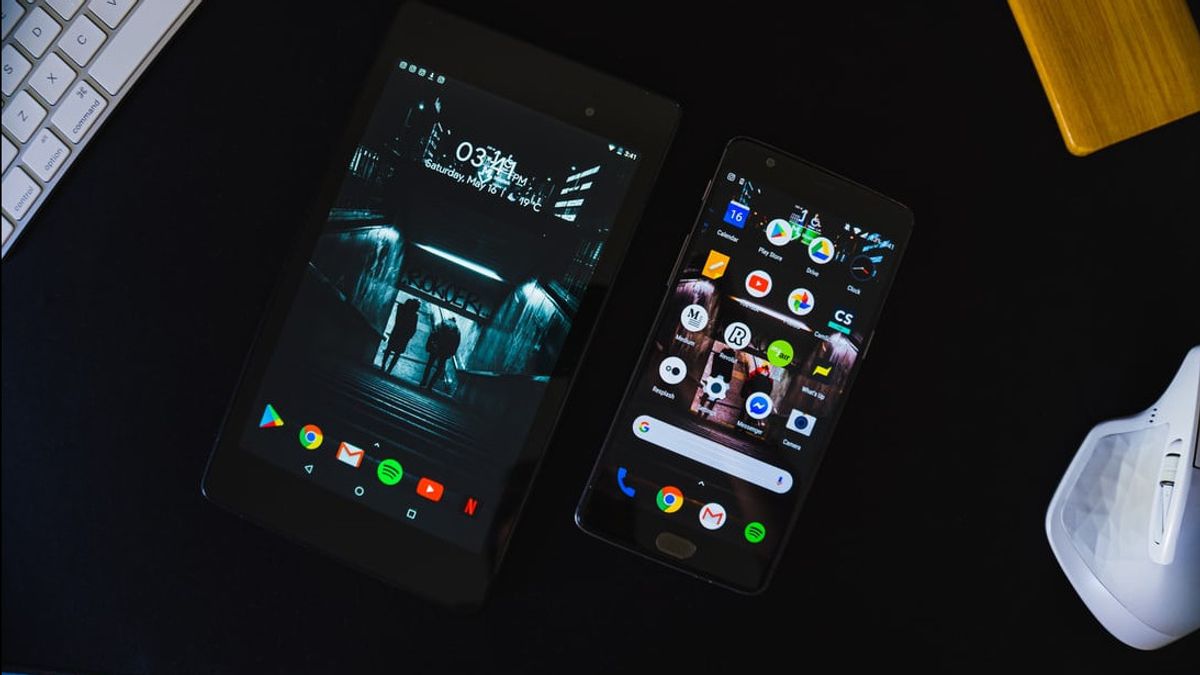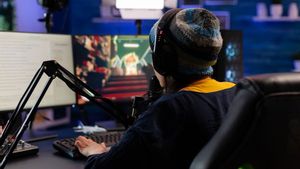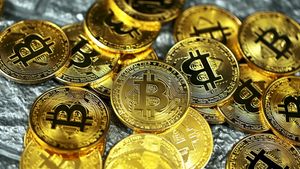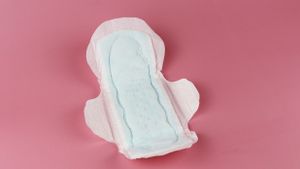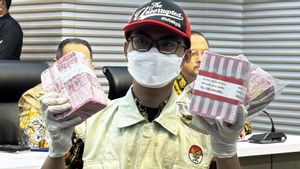JAKARTA - While all this time the COVID-19 test kit was only done manually, scientists at the University of California, Santa Barbara, United States (US) have designed a test kit using a smartphone.
Scientists are using cell phone cameras to create a system that can perform tests for COVID-19, of course, with an accuracy that can match laboratory-based PCR tests.
This test can give results in 25 minutes and is designed to be more reliable than many tests currently on the market.
“The rapid antigen tests that people buy from (pharmacies) are inexpensive and fast, but they can be inaccurate. On the other hand, the PCR test is the gold standard because it is accurate and very sensitive, but it is very expensive and takes a lot of time," said Michael Mahan, Professor in the department of molecular, cellular and developmental biology at UC Santa Barbara.
Dubbed the smaRT-LAMP, the scientists' testing system works by analyzing saliva samples for bits of COVID-19 genetic material.
The tools needed to run the application consist of a plate to hold the saliva sample, a hot plate, an LED light, and a specially formulated chemical mixture that includes a fluorescent dye, which glows in response to a reaction.
The saliva sample is mixed with the solution and placed on a plate, then the hot plate heats the mixture. The accompanying smartphone app is programmed to use the device's camera to take a photo every 10 seconds while testing is in progress to analyze the results.
Mahan said it would initially cost around $100 to set up the entire system but did not require any special equipment or expertise to operate it. After that, individual tests including the required chemical solutions can be run for less than 7 US dollars.
To evaluate their testing system, the scientists collected samples from 20 symptomatic COVID-19 patients at Santa Barbara Cottage Hospital, as well as from 30 asymptomatic individuals, then performed a blind test.
"The results of all 50 samples matched the results of the PCR test with 100 percent accuracy," Mahan said.
The study, published in the journal JAMA Network Open, said Mahan and his colleagues developed a testing system for healthcare providers, because it could be a low-cost alternative for the community.
"We hope that technologies like this offer new ways to bring cutting-edge diagnostics to underserved and vulnerable populations," said David Lou, a professor of biomolecular science and engineering at UC Santa Barbara, and project leader, David Lou.
It is known that the technology and research methods are open source, which means that anyone can develop and use the system. This app was developed for the Android operating system but can now be downloaded from the Google Play store. Mahan hopes an iOS version will be available in the future as other researchers are using this tool and improving it.
“The idea was not to patent it. It's free and open source because we want to use it. People are struggling, and we just want it to be something good for the world," Mahan said.
In addition to COVID-19, the test kit could later detect cases of flu and could even be adapted in the future to flag the presence of other pathogens, including salmonella or E. coli. This was quoted from NBC News, Sunday, January 30.
The English, Chinese, Japanese, Arabic, and French versions are automatically generated by the AI. So there may still be inaccuracies in translating, please always see Indonesian as our main language. (system supported by DigitalSiber.id)
